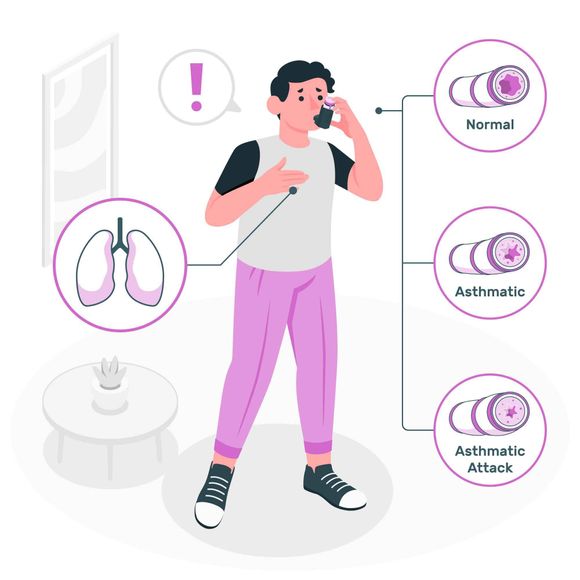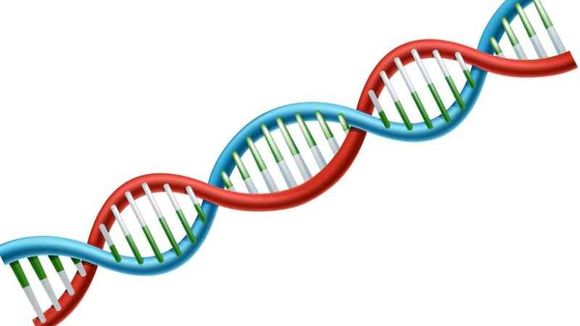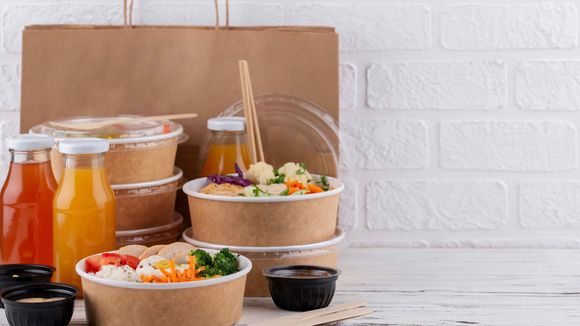What You Need to Know About Food Enhancers
Food enhancers are ingredients that are added to foods to perform certain functions. Nutritional enhancers are grouped by what they do. The supplements you're most likely to find on food labels are:
- Antioxidants – they stop food from going rancid or changing color, reducing the likelihood of fat combining with oxygen.
- Colours
- Emulsifiers, stabilizers, gelling agents and thickeners – they help mix or thicken ingredients;
- Preservatives – used to keep food safer for longer;
- Sweeteners – including intense sweeteners such as stevia and aspartame, which are many times sweeter than sugar.
These food enhancers must be evaluated for safety before they can be used in food. For each country, there are regulatory authorities as well as European regulations for EU countries that apply to added flavor enhancers in food. 1 There are some flavour enhancers for which there is disturbing data and which may affect various aspects of health, nevertheless they continue to be used in many foods and beverages.
Food colorings and hyperactivity - what is the connection
Research has found a possible link between certain artificial colors used in food and hyperactivity problems in children. All food additives, including artificial colours, have an 'E number', which means they have passed safety tests and have been approved for use in the EU. However, according to a study by the Food Standards Agency, the six food colors most closely associated with hyperactivity in children are:
- E102 (tartrazine)
- E104 (quinoline yellow)
- E110 (sunset yellow FCF)
- E122 (carmoisine)
- E124 (ponso 4R)
- E129 (allura red) [ref. 1]
These colors are used in a variety of foods, including soft drinks, pastries, cakes, and ice cream. And these are among the most loved by children foods, but it turns out not to be safe enough for them. Therefore, it would be best if they are consumed limited and to look for other causes of hyperactivity, if any. 3
What are the most dangerous food enhancers in our diet?
Allura Red AC E129
Widely used as a coloring agent for food, in snacks, sauces, canned food, soups, wine, cider and others. 4 Avoid if you suffer from asthma, rhinitis (including hay fever) and urticaria (an allergic rash, also known as hives).
For this food coloring, there is evidence that chronic exposure promotes sensitivity to colitis in mice. 5 In the same study, it was pointed out that high levels of certain dietary enhancers, such as maltodextrin and titanium dioxide, as well as ingredients added during food processing, including dietary emulsifiers (polysorbate-80 and carboxy-methylcellulose11) and artificial sweeteners, alter the gut microbiome, increase intestinal permeability, reduce mucosal barrier thickness, and promote colitis development.

Amaranth E123
Food dye used in wine, spirits, fish caviar. It is banned in the US but authorised in the EU. 6 It should be avoided if you suffer from asthma, rhinitis, urticaria and other allergies.
Aspartame E951
Widely used as sweetener in drinks, snacks, sweets, alcohol,
desserts and "diet" foods. Aspartame can affect people with PKU (phenylketonuria). Recent reports have shown a risk of headache, blindness and seizures with long-term intake of high amounts of aspartame.
There are scientific publications that look at possible links between aspartame consumption and cancer. 7 As stated in "Aspartame and cancer – new evidence for causation", there is evidence from 2006 and 2007 that aspartame caused dose-related increases in malignant tumors in multiple organs in rats and mice. An increased risk of cancer is observed even at low exposure levels approaching the acceptable daily intake. Also prenatal exposure causes increased malignancies in rodent offspring at lower doses than in adults. These assumptions were later denied, with the scientists concluding that "the increased incidence of lymphomas/leukaemias reported in treated rats was not associated with aspartame, given the high incidence of chronic inflammatory changes in the lungs and the lack of a positive dose-response relationship." 8
Benzoic acid E210
Widely used preservative in many foods, including beverages, low-sugar products, cereals and meat products. It can temporarily inhibit the function of digestive enzymes and can deplete levels of glycine (a type of amino acid). It should be avoided by people with allergic conditions such as hay fever, hives, and asthma.

Brilliant Black BN E151
Widely used colorant in drinks, sauces, snacks, wines, cheeses and others. People who suffer from allergic conditions, asthma, rhinitis, urticaria and others should avoid this substance.
Butylated hydroxyanisole (BHA) E320
Very widely used as a preservative, especially in foods containing fat, confectionery, meat. According to The International Agency for Research on Cancer, BHA is probably carcinogenic to humans. BHA also interacts with nitrates to form chemicals known to be mutagenic (causing changes in DNA cells). 9









